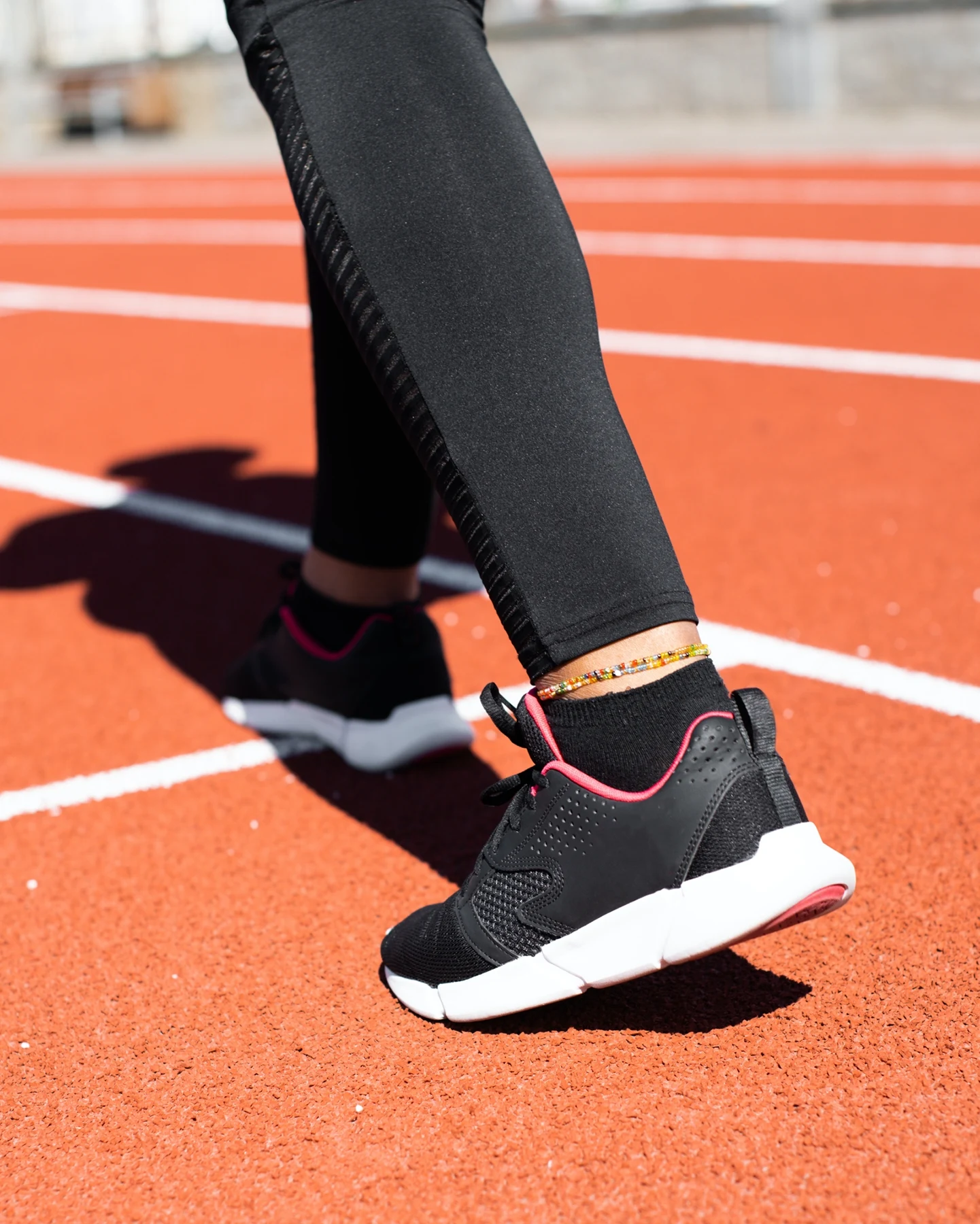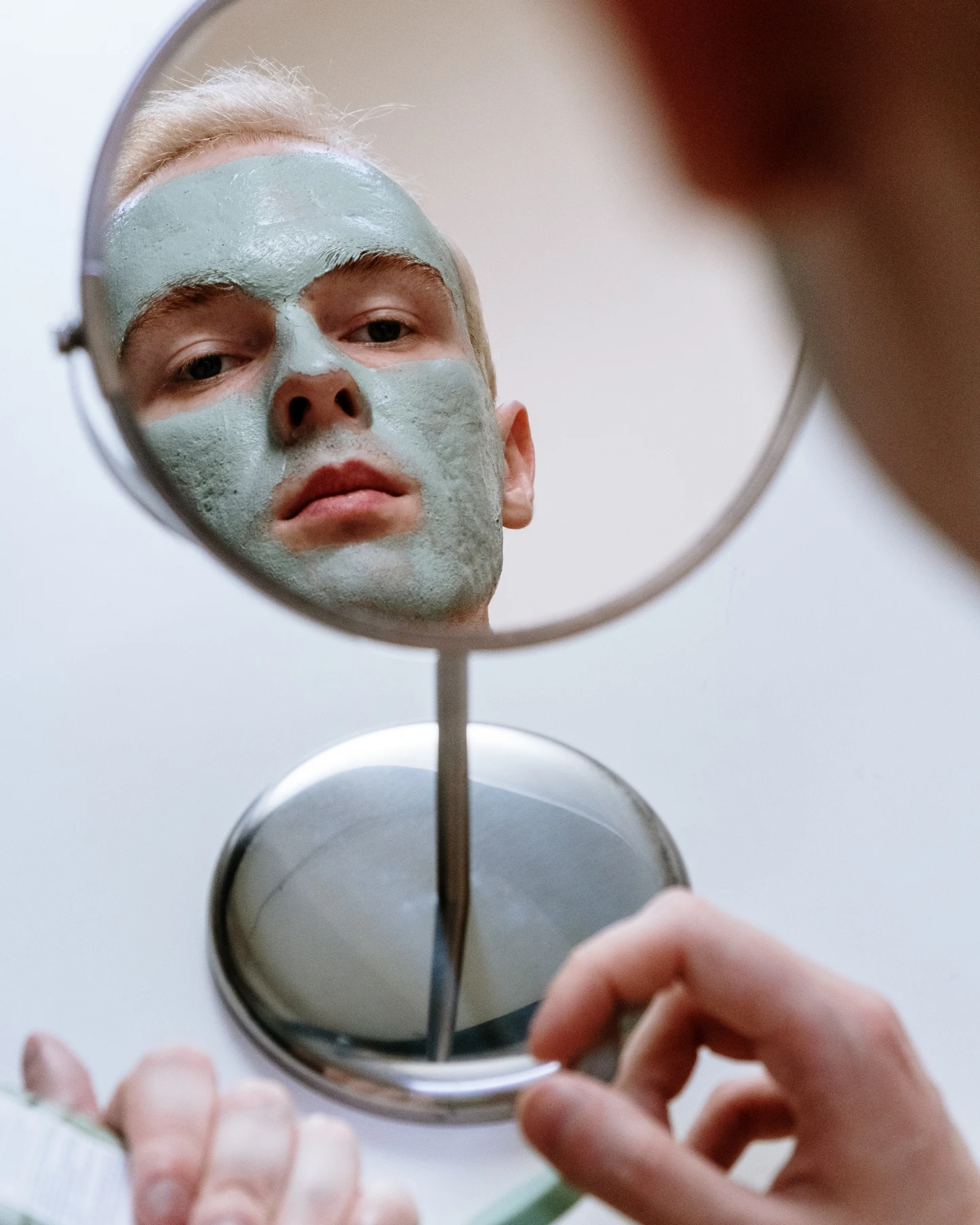What Is Acute Prostatitis
In men, the prostate is a walnut-sized gland located beneath the bladder. This gland produces a fluid that when combined with sperm forms semen. Because the prostate surrounds the urethra (the tube that transports pee from the bladder to the outside of the body), diseases that cause the prostate to expand or enlarge may press on the urethra, causing pain or difficulty urinating.
Symptoms
Diagnosis
Identifying and addressing underlying issues, as well as making lifestyle adjustments, will aid in recovery.
All drugs should be reviewed.
Treat the underlying causes
What factors contribute to resistant hypertension?
Acute pancreatitis is an inflammation of the pancreas that occurs suddenly.
The pancreas is a large gland located behind the stomach in the upper abdomen. It is responsible for the production of digesting enzymes and hormones.
Pancreatitis occurs when enzymes normally released into the digestive tract begin to cause damage to the pancreas. The gland swells and becomes inflamed. Enzymes are released into the surrounding tissues and circulation in greater quantities. More enzymes are released into the bloodstream and surrounding tissues.
As a result, digestion becomes slow and painful. Additional bodily functions may be impacted. If attacks are severe, prolonged, or frequent, the pancreas can become permanently damaged and scarred.
It is unknown precisely why the enzymes begin to cause harm to the pancreas. However, there are a number of known causes of acute pancreatitis.
Gallstones are one of the most common causes of acute pancreatitis. Gallstones that pass through the gallbladder may obstruct the pancreatic duct. (From the pancreas to the small intestine, the pancreatic duct transports digestive enzymes.) Enzymes cannot flow normally when the pancreatic duct becomes clogged. They have a tendency to back up into the pancreas. This results in inflammation of the pancreas.
Another frequent cause of acute pancreatitis is a complication of an endoscopic retrograde cholangiopancreatography (ERCP) surgery. An endoscope is used to perform ERCP. This is a flexible tube with one end equipped with a small camera and a light and the other with an eyepiece. ERCP is used to visualize pancreatic ducts, liver, and gallbladder and to diagnose stones and tumors. The other major cause of pancreatitis is excessive alcohol consumption. The vast majority of people who consume alcohol never get pancreatitis. However, certain individuals will develop pancreatitis as a result of excessive alcohol consumption. Alcohol consumption can occur over time or in a single binge. Combining alcohol and smoking raises the risk of developing acute pancreatitis.
Pancreatitis can also be caused by the following factors:
Usage of a wide variety of medications, including Sulfa medications
Water pills (hydrochlorothiazide, others)
Immunosuppressive medications (azathioprine)
HIV medications
Abdominal surgery
Catastrophic trauma
Metabolic problems, such as elevated calcium or lipid levels in the blood
Certain infections, for example, mumps or viral hepatitis
Often, no reason can be identified.
Symptoms
Upper abdominal pain is the most prevalent sign of acute pancreatitis. It might be mild to severe.
The pain is typically felt in the center of the body, directly beneath the ribs. However, it might be felt on either the left or right side at times. This is a continuous, drilling, or "boring" type of pain. Radiating pain may occur in the back, flank, chest, or lower abdomen.
Pain reaches its peak severity rapidly, frequently within 30 minutes. The pain associated with alcohol-induced pancreatitis typically begins one to three days following a binge.
Finding a comfortable position may be challenging. By bending over or sleeping on your side, you may be able to alleviate the pain. Generally, eating worsens the pain.
Additional symptoms of acute pancreatitis include the following:
Vomiting and nausea
Appetite loss
Bloating in the abdomen
Fever, trouble breathing, weakness, and shock may develop in severe cases.
Diagnosis
Your doctor will make the diagnosis of acute pancreatitis based on the following:
Your signs and symptoms
A physical examination
Certain laboratory examinations
Blood tests typically demonstrate elevated levels of two pancreatic enzymes.
A computed tomography (CT) scan may be performed in some instances. The scan can detect pancreatic swelling and fluid collection in the belly.
Additionally, the scan may reveal whether you have pancreatic pseudocysts. Pseudocysts are enzyme-filled sacs. They occur in some situations of severe pancreatitis or following a series of attacks. Severe complications can occur if the pseudocysts rupture and spill enzymes onto exposed tissues.
An ultrasound of the gallbladder may be performed if gallstones are suspected.
Additionally, a balanced diet is related to a decreased risk of acquiring COVID-19 and its catastrophic complications, according to a study published online Sept. 6, 2021, in the journal Gut. The researchers questioned approximately 593,000 participants (mainly middle-aged and older) in February 2020 about their eating habits and then observed their health through September.

Unless you've been hiding under a cave, you've no doubt seen a growing trend in activewear: joggers. When worn correctly, joggers can make you look cool, put-together, and on-trend, but when worn incorrectly, they can make you look terribly frumpy and badly dressed.

With so many variations available and plenty of hits and misses, many people are unsure about how joggers should fit and when they should be worn. This season, stay warm and trendy with these elegant sweatpants. Joggers are casual wardrobe staples that many of us are accustomed to wearing when sitting. They have, however, developed into excellent pieces to wear outdoors as well. Joggers can be dressed up or down depending on the aesthetic you want to achieve.



What is tinnitus?
Tinnitus symptoms can be extremely distressing.
What causes tinnitus?
Tinnitus: Is your ear ringing or humming? Sound therapy is one approach.
Treatment of Tinnitus
Can sound therapy assist in masking tinnitus?
However, you must prepare the dough the night before. Instead of an overpriced stand mixer, time will knead the dough for you.
INGREDIENTS PER PIZZA
150g bread flour1- 2g sea salt or any salt
0.3g dry instant yeast
100g cold water
THE DOUGH
Dump flour into a large bowl.Mix in your salt and stir.
Mix in your yeast and stir.
Dump in your cold water.
Mix loosely with a fork or spoon for a minute until everything is combined and you have a rough dough.
Coat with a little splash of oil.
Cover the bowl with tin foil or plastic wrap.
Rhabdomyosarcoma is classified into two kinds.
Symptoms
Symptoms include the following:
Diagnosis
Staging
Clinical group
TNM rating
Expected Timeframe
Prevention
Sunscreen manufacturers withdraw products found to contain a cancer-causing substance
Current-events briefings
The sunscreen aisle has been affected by recalls of drugs containing carcinogens (substances that cause cancer). Johnson & Johnson recalled five aerosol sunscreen products and CVS discontinued two sunscreen products in July 2021 due to the presence of the carcinogen benzene. The FDA initiated the investigation when an online pharmacy identified benzene levels in dozens of sunscreen products and contacted the agency. Additionally, the same pharmacy (Valisure LLC) was responsible for testing that resulted in the recall of heartburn and diabetic medications in 2019 and 2020 due to the presence of the carcinogen N-nitrosodimethylamine. Johnson & Johnson officials claim that benzene is not a sunscreen ingredient and confirm that subsequent testing discovered benzene in select products at levels expected to pose no health hazards.
News briefs
Exposure to traffic noise is associated with an increased risk of dementia.

Could living near a busy road or train tracks increase your risk of developing dementia? According to a study published in The BMJ on Sept. 11, 2021, people who lived near noisy transportation routes for an extended period of time appeared to have an increased risk of dementia, specifically Alzheimer's disease, compared to those who lived in quieter areas.
When it comes to shoe shopping, some people can complete the transaction in five minutes and be completely satisfied. For others, it will take several days of reading reviews, comparing prices, deliberating, and deliberating some more before making a decision.
Being aware of what to anticipate
 |
| pexel photo |
The diet and fitness industry is worth hundreds of billions of dollars across the world. It seems everyone is looking to get healthier and improve their fitness levels. Whether the reason is purely aesthetic, or you have other fitness and health goals, people are prepared to pay a lot of money.
However, there is a lot of misinformation out there as well as a frankly unscrupulous company trying to sell products and services promising fast results with minimal effort. In many cases, these products are useless and sometimes dangerous.
If like many others, you’re planning to get your health and fitness act together in 2022, one of the best things you can do is educate yourself and seek out trustworthy sources of information.
Learn about exercise and physiology lot of products and exercise programs make very spurious claims about what can realistically be achieved in your journey to a healthier you. The very best thing you can do is learn about how the body works and the best types of exercise for your goals. There are pros and cons for both cardio and strength training. You can consult
with a personal trainer or even build a bodybuilding trainer course to make sure you have the right information with which to build your exercise routine.
Learn about nutrition
It’s a common misconception that weight loss is down to exercise, when in fact it’s about 80% nutrition and 20% exercise. The diet industry is full of fad diets that promise quick fixes but often make you feel miserable and put weight back on when you begin eating normally again.
One of the best skills you can learn is how to fuel your body well without resorting to starving yourself of dangerous diet products.




To those who are wondering whether the quality of the joggers set is worth the purchase, here is my objective review: I wore it prior to the shoot and washed it, and it is in excellent condition.
Off-duty takes on a whole new meaning when paired with chunky sneakers. You can't go wrong with loungewear set for those everyday outfit dramas when it's freezing outside.

Ingredients:
1 packet tempeh (8 ounces), simmer for 5 minutes (optional)2 tablespoon olive oil or vegetable broth
1 tablespoon tamari or soy sauce
1 medium yellow onion, diced
2 stalks celery, sliced (about ¼ cup)
2 medium carrots, sliced into ½-inch coins (about 1 cup)
Dash of salt, plus more for seasoning
4 cloves garlic, minced
1 tablespoon fresh thyme leaves
3 cups vegetable broth
3 Yukon Gold potatoes, peeled, chopped into ¾-inch pieces
½ cup green or brown lentils
2 sprigs of fresh rosemary
2 bay leaves
1 can diced tomatoes (14 ounces)
1 tablespoon Worcestershire sauce (vegan Annie’s)
1 tablespoon tamari or soy sauce
Freshly ground black pepper to taste
Cardio exercise can strengthen your brain in the same way that it strengthens your muscles.
Popular theories
1. Increased Focus and Productivity
2. Maintaining a healthy weight
3. Strengthens the Immune System
Yoga for weight loss: Benefits that go beyond calorie burning
Exercise may help reduce the progression of prostate cancer.
Two common skin problems and solutions for men
Dry skin
Scaly patches (with or without redness), itching, and overall dryness are all signs of dry skin. Dry skin can occur at any time of year, from the intense heat of summer to the bitter cold of winter. Sun exposure wreaks havoc on the skin, causing it to become thinner and less able to retain moisture over time. Additionally, aging skin produces fewer natural oils that help keep the skin lubricated. The solution to common male skin problems: Dry skin and Athlete's foot
Treatment
The first line of defense is a moisturizer that uses water and lipids to soften and smooth the skin (fats). Certain moisturizers draw water to the skin and keep it there. Others work by coating the skin with a thick, impermeable layer that prevents moisture loss.
Jelly of petroleum.
This waxy, greasy substance prevents water loss while remaining non-clogging. It can be used alone or as an ingredient in a variety of moisturizers and ointments. Because petroleum jelly is water-free, it works best when applied while the skin is still damp from bathing.
Mineral lubricant.
Mineral oil achieves the same effect without leaving a greasy residue. Additionally, it should be applied while the skin is damp.



























